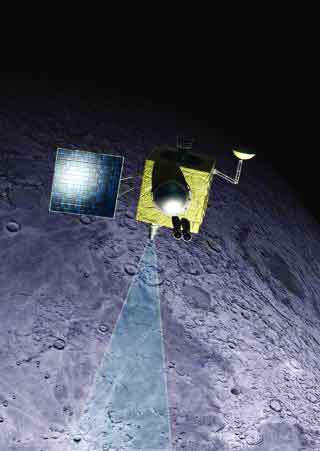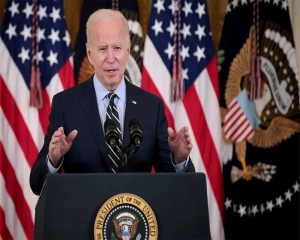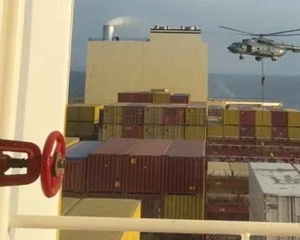NASA to send payload on Chandrayaan-2, signals extra-terrestrial cooperation
This, too, is happening. The US space agency NASA is literally hitching a ride on Chandrayaan-2, India’s second Moon mission satellite. Planned for a July launch, it will have 13 payloads and one passive experiment from NASA. No doubt that our second mission has more special memories to make, like landing on the moon’s South Pole, so far an unexplored region. The rover will roll out for carrying out more scientific experiments than attempted ever before. And with its landing, India will become the fifth country in the world to achieve the feat after the Soviet Union in 1959, the US in 1969, China in December 2013 and Israel in 2019. But the approval and trust of NASA, which is facing huge budget cuts and is desperately trying to procure funds for a new lunar mission in 2024, shows that India has arrived in the space age with its ingenious and cost-effective modules. And at least in space technology, we do not have to deal with a Western bias.
Space, therefore, is quickly turning into not just our final frontier, but a profitable, multi-dimensional one. The Indian Space Research Organisation (ISRO) has in a quick spurt of a decade or so emerged as one of the key players in the global space market, particularly as a low-cost carrier of surveillance and communication satellites. Ever since we launched 104 satellites in a single rocket (PSLV-C37), 96 of which were from the US, even the big space-probing nations have acknowledged our credibility. The New York Times commended ISRO for the high-risk launch “because the satellites, released in rapid-fire fashion every few seconds from a single rocket as it travelled at 17,000 miles an hour, could collide with one another in space if ejected into the wrong path.” Even the BBC took note of how ISRO was “shocking the rest of the world with brilliant accomplishments on a Spartan budget.” With many of our landmark missions, too, now costing much lesser than equivalents in Russia, Europe and the US, India can now proudly proclaim to have shifted the axis of the space race to Asia. So ISRO deserves a pat for pretty much being a self-starter, acting independently and setting achievable goals over the last four years. As this bit of news sinks in, there’s the next lunar mission and preparations for Gaganyaan or the manned mission, intended for 2022, to look forward to. Of course, it is easy enough to rest on laurels. But ISRO still has bigger challenges to overcome like developing capabilities to launch heavy communications to high altitudes, go for orbital docking facilities and orbital re-fuelling. There is also need for vertical integration with the private sector for cutting-edge research and technology. Only then will ISRO be considered a competitive player in the longer run.


























